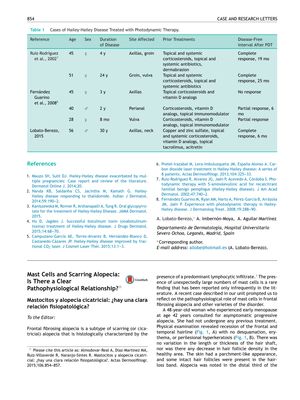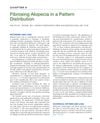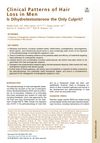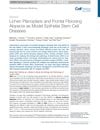Mast Cells and Scarring Alopecia: Is There a Clear Pathophysiological Relationship?
November 2015
in “
Actas Dermo-Sifiliográficas
”

TLDR The document suggests a possible link between mast cells and scarring alopecia, recommending more research for potential treatments.
The document from 2015 examines a case of frontal fibrosing alopecia, a type of scarring alopecia, and the potential involvement of mast cells in its pathophysiology. A 48-year-old woman with early menopause and progressive alopecia was found to have a high number of mast cells in her scalp tissue, although she did not have indolent systemic mastocytosis as indicated by normal urinary N-methylhistamine levels. The authors propose further research into the role of mast cells in both scarring and nonscarring alopecia, which could lead to new treatments. They also suggest that indolent mastocytosis should be considered when similar cases are encountered. Additionally, the document describes a skin condition affecting skin folds in 90% of cases, with 10% of cases showing lesions similar to lichen planus outside the flexion folds, affecting up to 10% of the body surface area. These lesions exhibit histological features similar to lichen planus.





